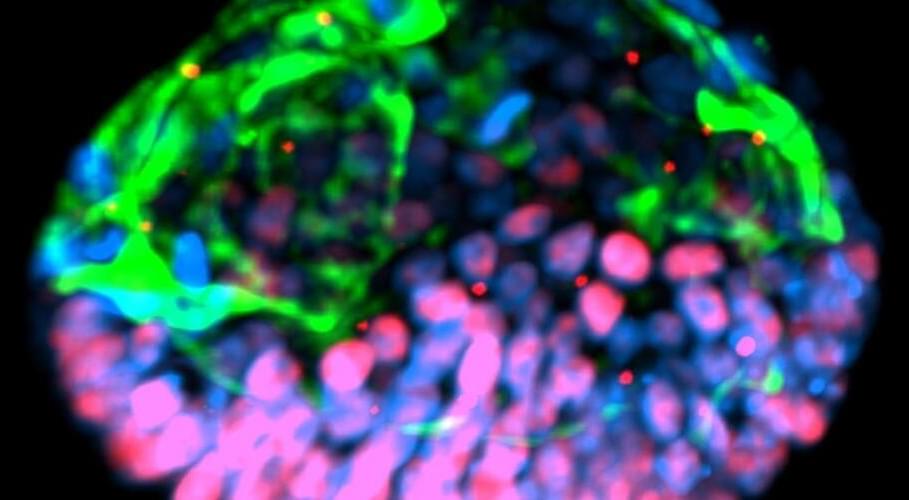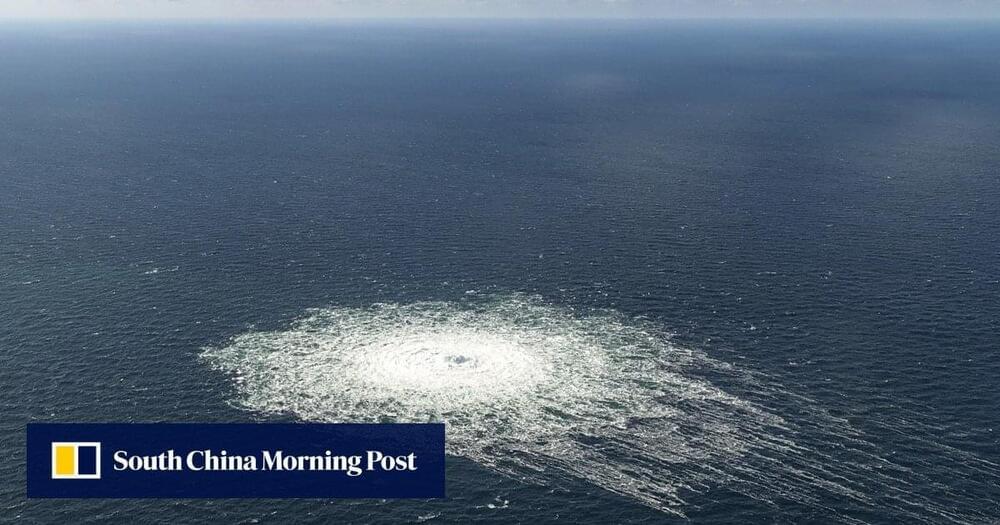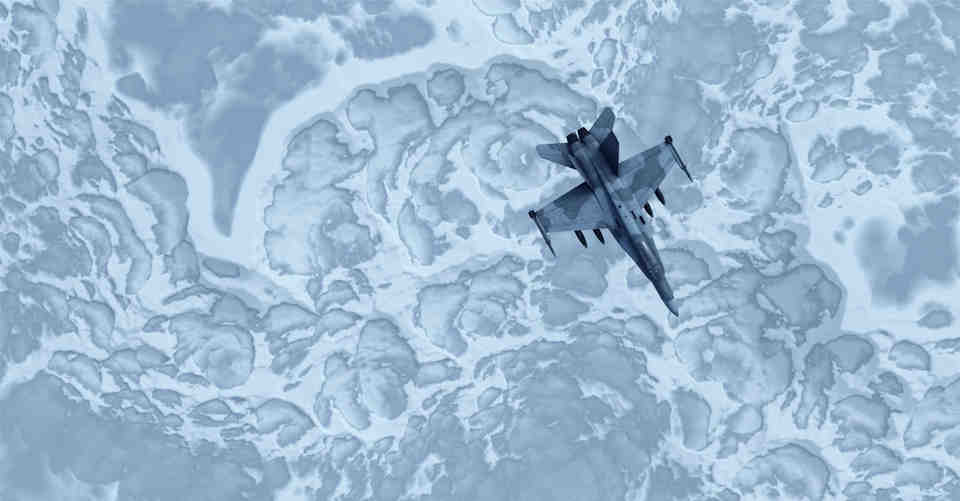Category: futurism – Page 612
No, Tesla Does Not Have a Demand Problem
As the market becomes more competitive, Tesla still outshines the rest.

Breaking News, Latest News, Headlines & Videos
Your trusted source for breaking news, analysis, exclusive interviews, headlines, and videos at ABCNews.com

Artificial Human Embryos Are Coming, and No One Knows How to Handle Them
What drew his attention was that the cells seemed to change much faster than expected—they arranged themselves rapidly over a few days into a lopsided circle.
What was it? Shao startled Googling to see if he could identify the structure. That’s when he landed on a website called The Virtual Human Embryo and found some microscope photos of ten-day old human embryos shortly after implantation, fused to the uterine wall. There was the beginning of the amniotic sac and, inside it, the embryonic disc, or future body. They matched what he was seeing.
Shao informed his coworkers, a mixed team of biologists and engineers, at the University of Michigan. “When I showed the image to the team, everyone said, ” Wow, we need to figure out what to do,” says Shao. Had they somehow made a real human embryo from stem cells? ” At that point, we started to be more cautious.”





Creepiest things AI has predicted — from the apocalypse to last selfie on Earth
AI programs are not crystal balls.
If you’ve ever wondered what the apocalypse would look like in the United States, artificial intelligence has been asked to predict it.
Popular TikTok accounts like “Robot Overloards” have been asking AI to predict futuristic events, including the demise of humanity and the apocalypse.
The images include futuristic cities that looked deserted and crumbling.
